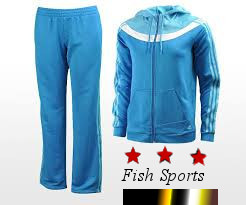
These shoes are our product . If you get this product, you must send a mail to us.
First shoes acquired the nickname 'plimsoll' in the 1870s, derived, according to Nicholette Jones' book The Plimsoll Sensation, from the coloured horizontal band joining the upper to the sole, which resembled the Plimsoll line on a ship's hull. Alternatively, just like the Plimsoll line on a ship, if water got above the line of the rubber sole, the wearer would get wet. Plimsolls were widely worn by vacationers and also began to be worn by sportsmen on the tennis and croquet courts for their comfort. Special soles with engraved patterns to increase the surface grip of the shoe were developed, and these were ordered in bulk for the use of the British Army. Athletic shoes were increasingly used for leisure and outdoor activities at the turn of the 20th century plimsolls were even found with the ill fated Scott Antarctic expedition of 1911. Plimsolls were made compulsory in schools' physical education lessons in the UK. British company J.W. Foster and Sons designed and produced the first shoes designed for running in 1895; the shoes were spiked to allow for greater traction and speed. The company sold its high-quality handmade running shoes to athletes around the world, eventually receiving a contract for the manufacture of running shoes for Team GB in the 1924 Summer Olympics Harold Abrahams and Eric Liddell won the 100-m and 400-m events, kitted out with Foster's running gear.
 If you get this product, you must send a mail to us.
If you get this product, you must send a mail to us.
A tracksuit is an article of clothing consisting of two parts: trousers and a jacket usually with front zipper. It was originally intended for use in sports, mainly as what athletes wore over competition clothing (such as running shirt and shorts or a swimsuit) and would take off before competition. In modern times, it has become commonly worn in other contexts. The tracksuit was one of the earliest uses of synthetic fibers in sportswear.